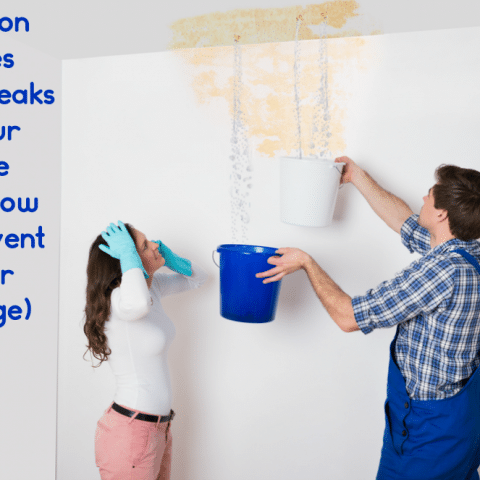How to Check If Your Residence Has a Concealed Leak
How to Check If Your Residence Has a Concealed Leak
Blog Article
What're your thoughts about Top leak detection hacks?

Early discovery of leaking water lines can alleviate a potential catastrophe. Some little water leaks may not be noticeable.
1. Examine the Water Meter
Every home has a water meter. Checking it is a guaranteed manner in which helps you discover leakages. For beginners, switch off all the water resources. Ensure nobody will purge, use the tap, shower, run the cleaning equipment or dishwasher. From there, go to the meter as well as watch if it will alter. Considering that nobody is utilizing it, there must be no motions. That indicates a fast-moving leak if it moves. Furthermore, if you detect no changes, wait a hr or more as well as check back once more. This suggests you might have a slow leakage that could also be underground.
2. Check Water Usage
If you find abrupt modifications, regardless of your consumption being the very same, it means that you have leaks in your plumbing system. An abrupt spike in your bill suggests a fast-moving leakage.
A consistent rise every month, also with the very same behaviors, reveals you have a slow-moving leakage that's additionally gradually intensifying. Call a plumber to completely check your residential or commercial property, specifically if you feel a cozy area on your floor with piping underneath.
3. Do a Food Coloring Test
When it comes to water intake, 30% comes from toilets. If the shade in some way infiltrates your bowl throughout that time without flushing, there's a leakage between the storage tank and also bowl.
4. Asses Exterior Lines
Do not neglect to inspect your outdoor water lines too. Test faucets by affixing a yard hose. Ought to water leak out of the link, you have a loosened rubber gasket. Change this and also ensure all connections are tight. If you've got a lawn sprinkler, it will help get it expertly analyzed as well as preserved yearly. One tiny leakage can lose tons of water and increase your water costs.
5. Inspect and also Evaluate the Scenario
Homeowners must make it a routine to examine under the sink counters and also inside closets for any bad odor or mold and mildew development. These two red flags suggest a leakage so punctual attention is required. Doing routine assessments, also bi-annually, can save you from a major issue.
If you know your house is currently old, keep a careful eye on your heaters, pipes, pipes and so on. Look for discolorations and damaging as many pipelines and home appliances have a life span. They will certainly additionally naturally deteriorate because of tear and also wear. Don't wait for it to intensify if you think leaking water lines in your plumbing system. Call a professional plumber as soon as possible so you do not end up with a horrible mess in your home.
Early detection of dripping water lines can alleviate a potential disaster. Some tiny water leaks may not be visible. Checking it is a surefire method that assists you find leaks. One tiny leak can waste loads of water as well as surge your water expense.
If you presume dripping water lines in your plumbing system, do not wait for it to rise.
WARNING SIGNS OF WATER LEAKAGE BEHIND THE WALL
PERSISTENT MUSTY ODORS
As water slowly drips from a leaky pipe inside the wall, flooring and sheetrock stay damp and develop an odor similar to wet cardboard. It generates a musty smell that can help you find hidden leaks.
MOLD IN UNUSUAL AREAS
Mold usually grows in wet areas like kitchens, baths and laundry rooms. If you spot the stuff on walls or baseboards in other rooms of the house, it’s a good indicator of undetected water leaks.
STAINS THAT GROW
When mold thrives around a leaky pipe, it sometimes takes hold on the inside surface of the affected wall. A growing stain on otherwise clean sheetrock is often your sign of a hidden plumbing problem.
PEELING OR BUBBLING WALLPAPER / PAINT
This clue is easy to miss in rooms that don’t get much use. When you see wallpaper separating along seams or paint bubbling or flaking off the wall, blame sheetrock that stays wet because of an undetected leak.
BUCKLED CEILINGS AND STAINED FLOORS
If ceilings or floors in bathrooms, kitchens or laundry areas develop structural problems, don’t rule out constant damp inside the walls. Wet sheetrock can affect adjacent framing, flooring and ceilings.
https://www.servicemasterbyzaba.com/blog/how-to-detect-water-leakage-in-walls/

As a fervent reader about Detecting hidden plumbing leaks, I was thinking sharing that topic was worth the trouble. Sharing is good. Helping others is fun. Thanks a lot for taking the time to read it.
Report this page